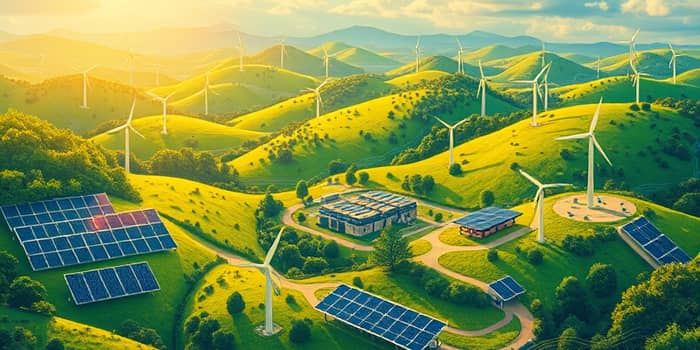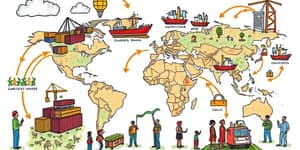
As the global economy pivots toward sustainability, green technology has emerged as a magnet for international capital. Across continents, investors, governments, and corporations are channeling resources into solutions that promise both environmental benefits and financial returns. This shift is transforming markets and redefining the future of energy, transport, and industry.
The green technology and sustainability sector is experiencing unparalleled expansion. Current forecasts estimate the market to grow from $25.47 billion in 2025 to a staggering forecast to reach $73.9 billion by 2030, representing sustained momentum in innovation and deployment. Related analyses suggest similar trajectories, with the sector climbing from $23.63 billion in 2024 to $55.06 billion by 2029.
This robust growth is being fueled by solutions that harness IoT, AI, digital twins, cloud computing, blockchain, and advanced analytics. Whether monitoring pollution levels, optimizing water purification systems, or managing carbon footprints, these technologies are at the heart of a major industrial transformation.
In 2024 alone, global funding for green technology reached a record-breaking $2.1 trillion investment, spanning energy transition, electric vehicles, renewables, and nascent sectors like clean shipping. Electrified transport led the charge with $757 billion, followed by renewable energy at $728 billion, power grids at $390 billion, and emerging technologies such as hydrogen and carbon capture totaling $155 billion.
China took the lead, contributing $818 billion—outpacing the combined investments of the US, EU, and UK. Meanwhile, the US paused at $338 billion, and Europe saw a slight downturn to $375 billion, underscoring shifting centers of gravity in global finance.
Multiple factors are converging to accelerate cross-border flows into green tech:
Europe remains the market leader, backed by the EU’s Green Deal and ambitious carbon neutrality targets. Heavy investment in renewables and robust ESG incentives has fostered a thriving ecosystem, with multinational firms like Siemens, Schneider Electric, and IBM at the helm.
Asia-Pacific is on track for the fastest growth between 2025 and 2030, led by China, India, and Japan. Cross-border partnerships here focus on smart cities, clean energy, and technology-driven climate solutions, often involving major U.S. and European tech players.
North America, despite a plateau in overall investment, is seeing strong interest in electrified transport and sustainable data centers. The region faces fierce competition as China accelerates its funding programs.
While prospects remain bright, several obstacles must be addressed:
However, the horizon is rich with opportunity. Asia-Pacific and the EU offer significant R&D funding and tax breaks, fostering innovation. Data centers’ exponential growth will drive sustainable energy solutions worldwide, creating lucrative markets for investors.
Emerging tech hubs focusing on AI and climate solutions are poised to attract even more cross-border capital. Strengthening public-private partnerships in climate innovation can bridge funding gaps and scale projects faster.
Green technology’s rise as a beacon for cross-border investment underscores a profound shift in global priorities. As governments, corporations, and consumers unite behind sustainability, the flow of capital into clean energy, smart infrastructure, and advanced environmental monitoring will only intensify.
By addressing challenges around funding, skills, and policy harmonization, stakeholders can unlock the next wave of transformative projects. The journey toward a greener, more resilient world is well underway—and investors who align with this mission stand to reap both ecological and economic rewards.
References













